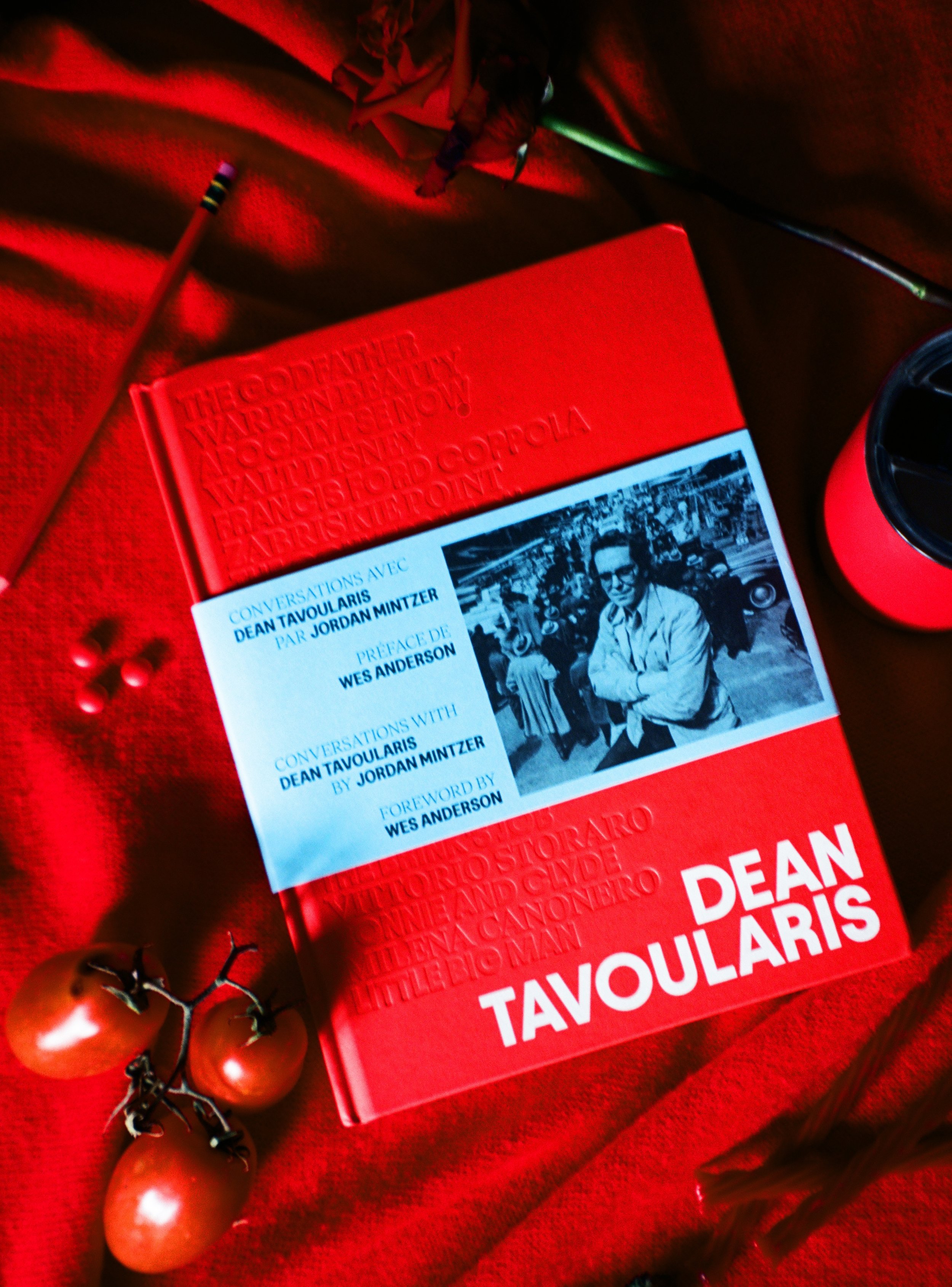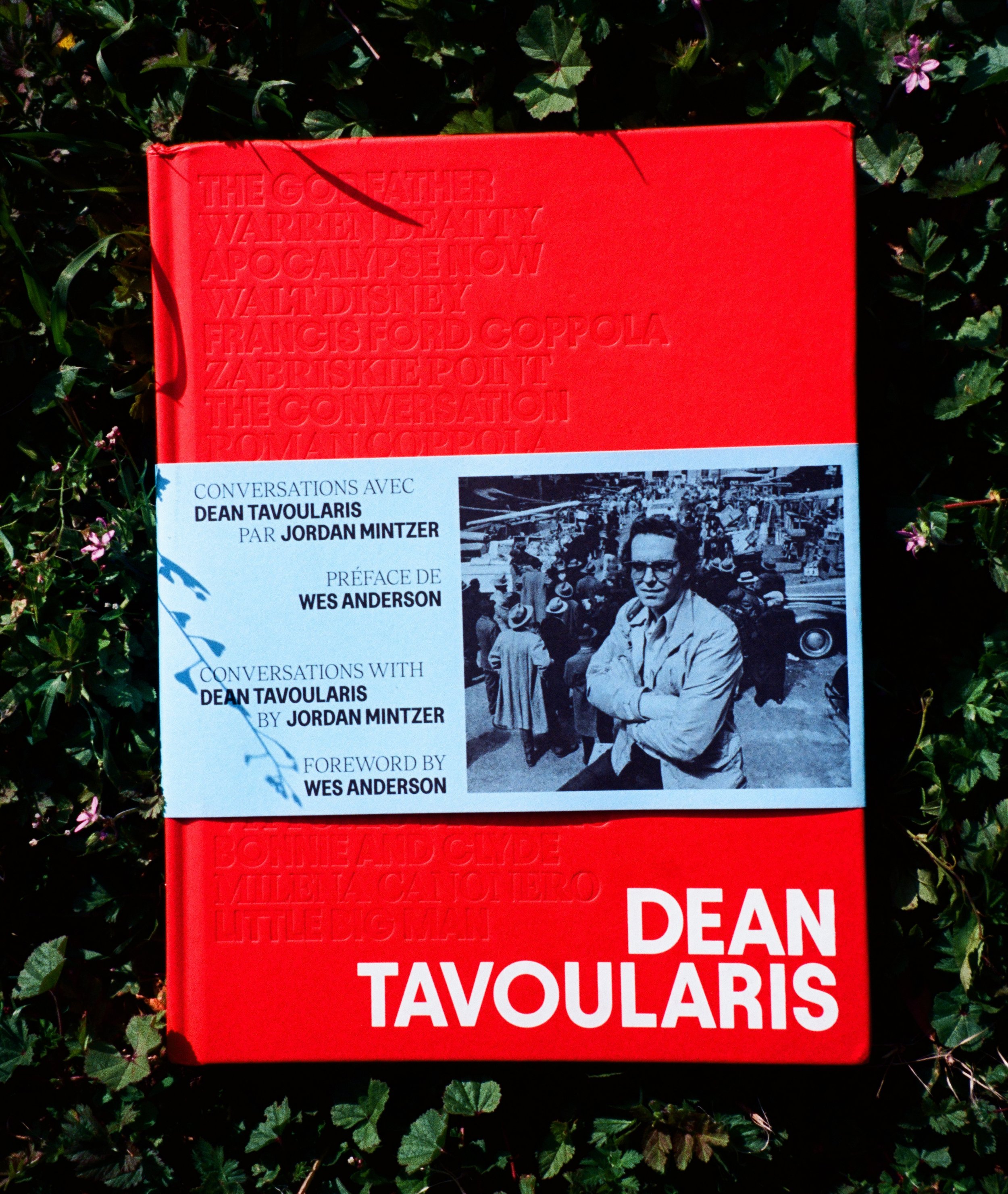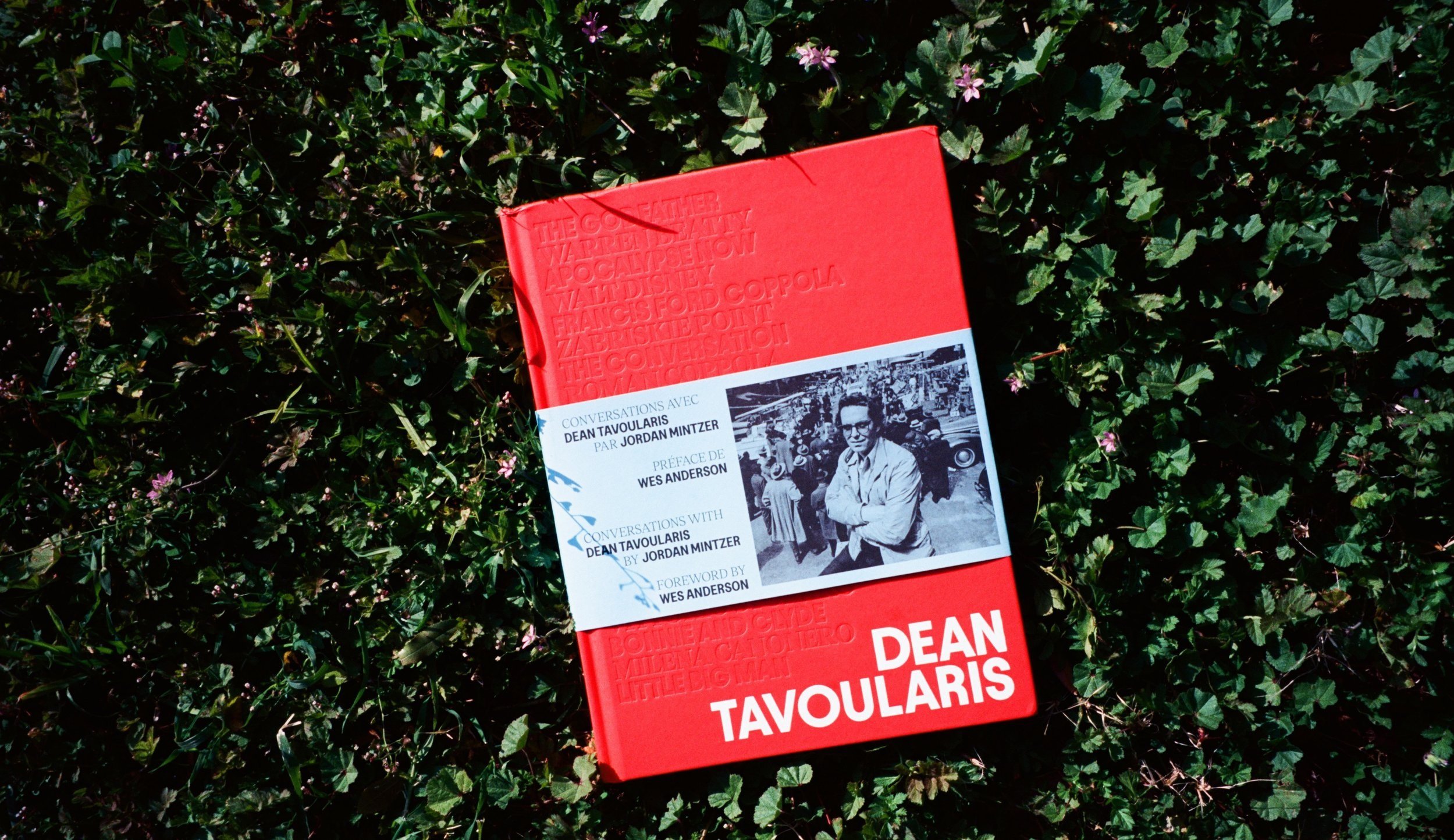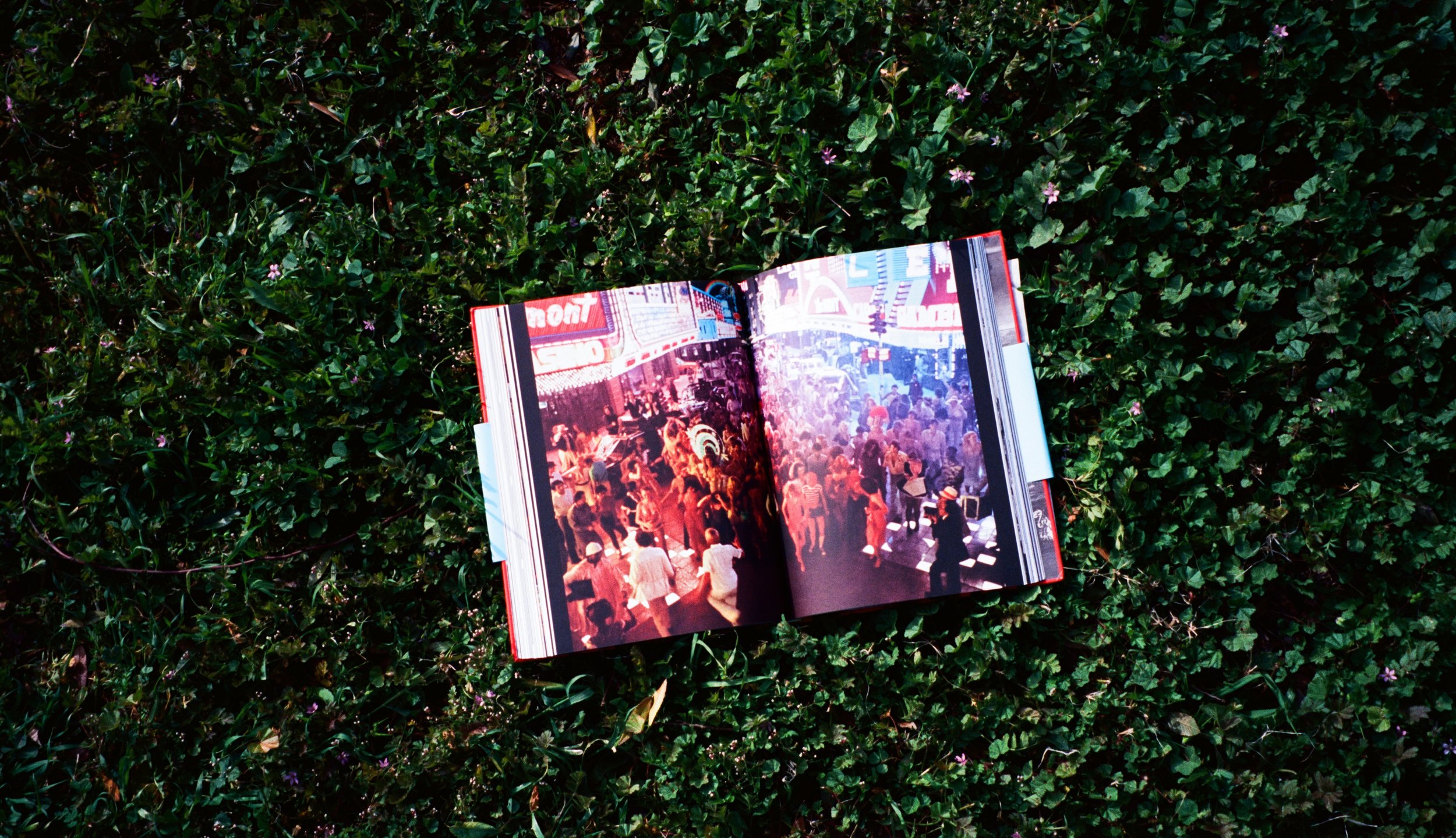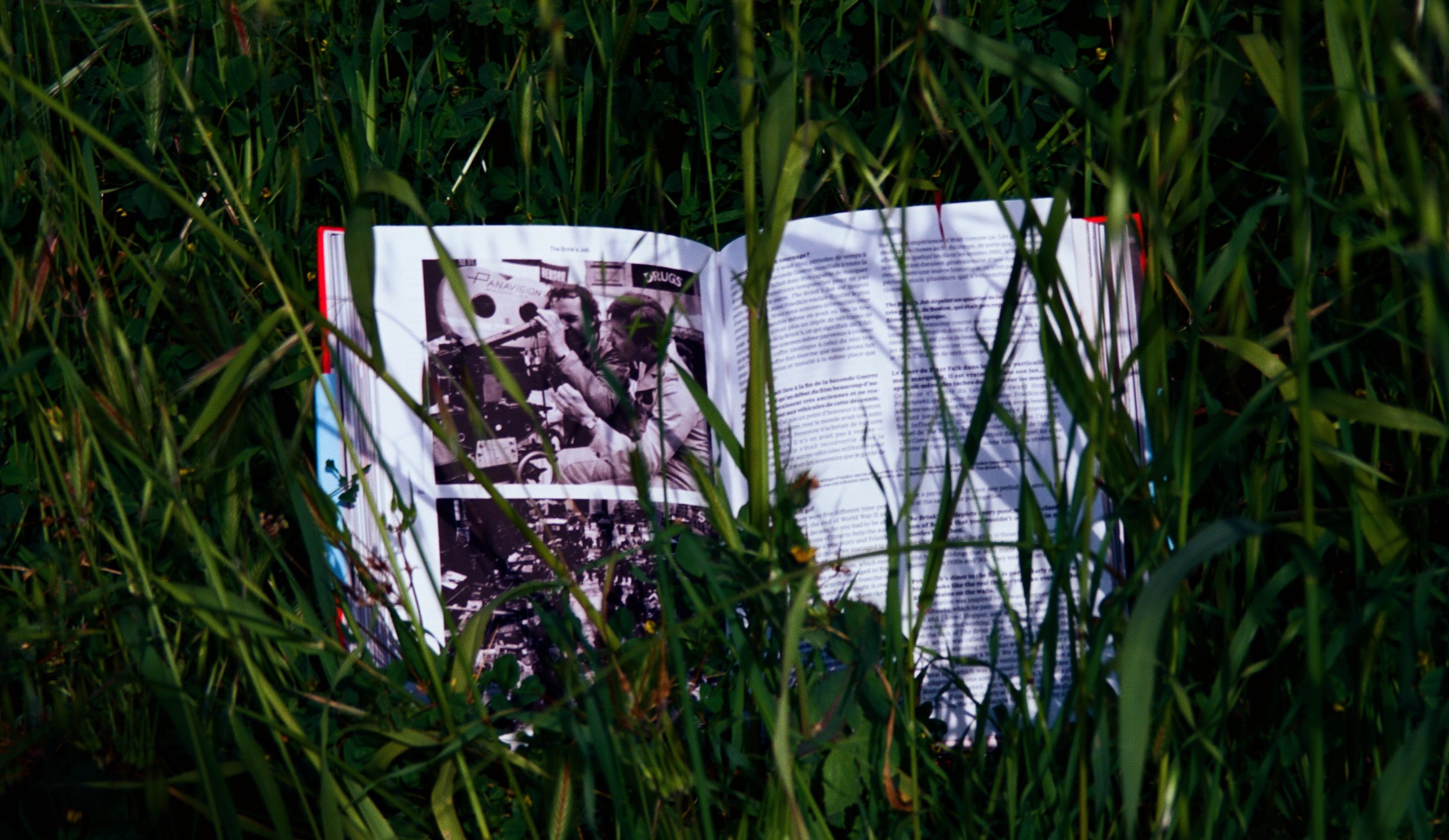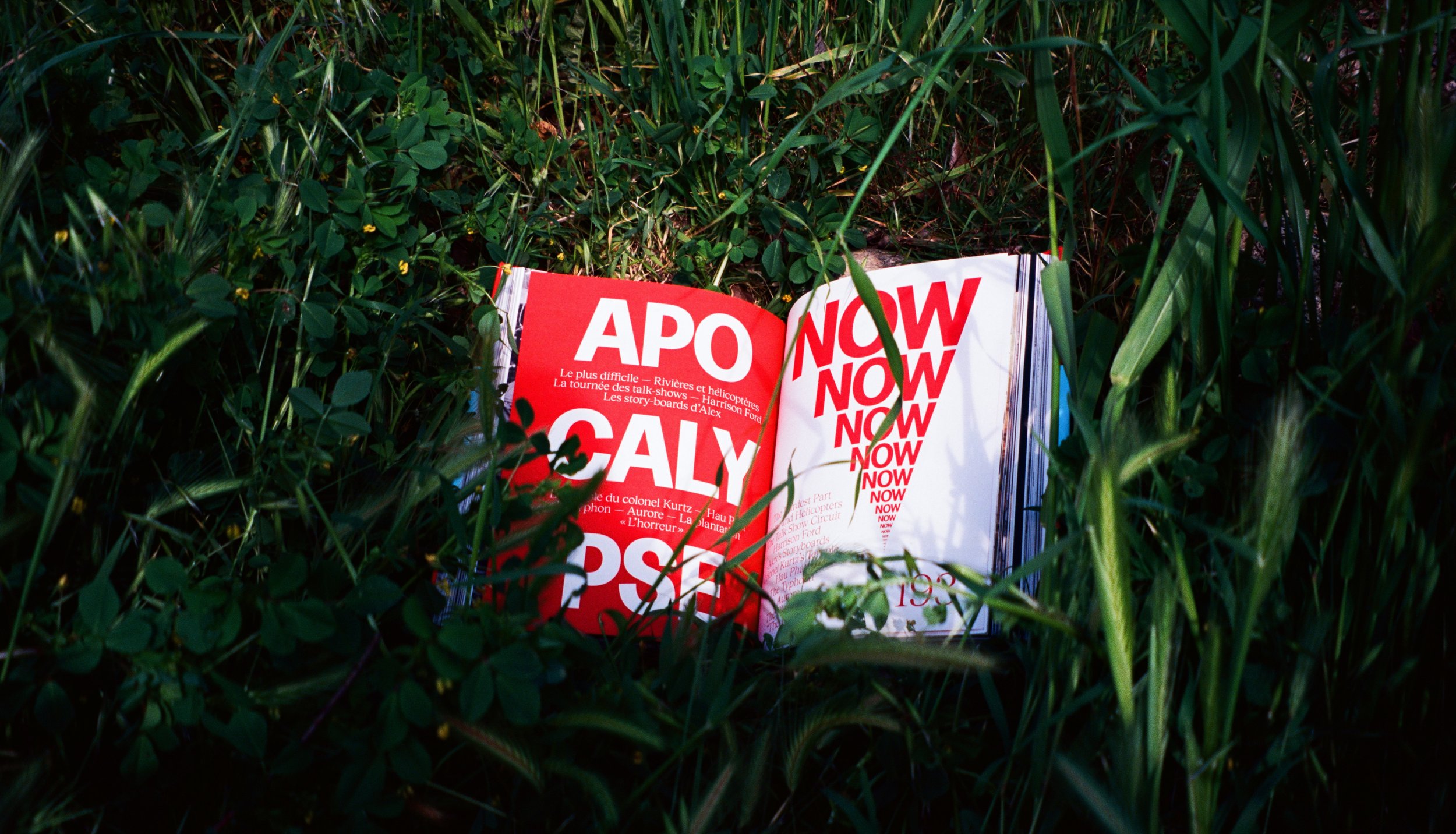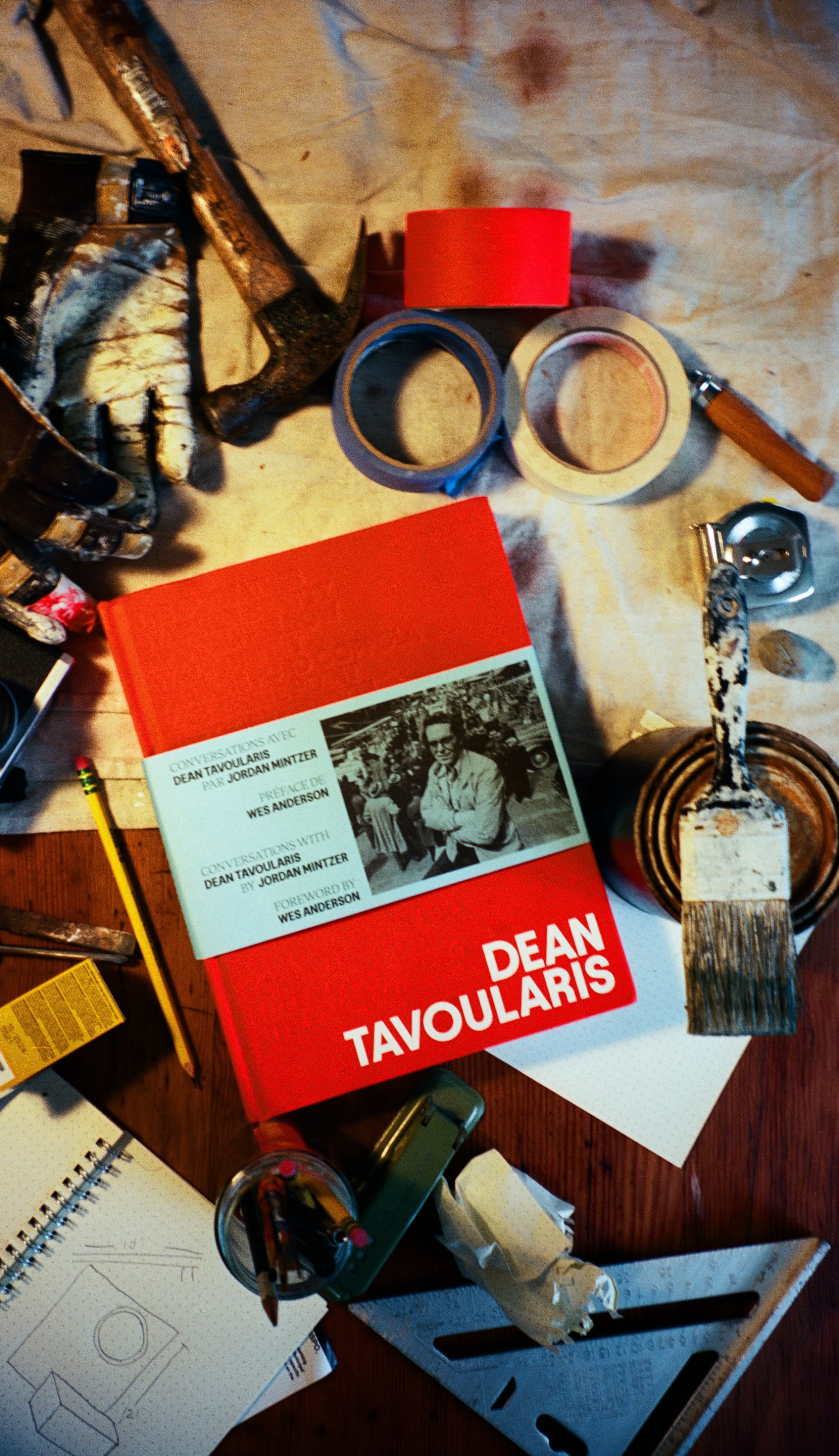Conversations with Dean Tavoularis
There is one production designer whose aesthetic did more to inform Hollywood’s second Golden Age than almost any other. In fact, his career began even before that title existed, when the head of the art department was called the art director. Whatever you call it, it is a part of cinema that is often overlooked. Dean Tavoularis is responsible for the buck’s head on the wall of the bank in Bonnie and Clyde, the half-open blinds in Vito Corleone’s office in The Godfather, the look of Kurtz’s candlelit temple in Apocalypse Now. He has won five Oscars, but every movie he worked on turned to gold. The man had taste, vision, and hands that knew how to sculpt whatever he imagined.
In his honor, Synecdoche has published Conversations with Dean Tavoularis by Jordan Mintzer, a book as beautifully designed as his movies, with text in English and French, and a foreword by Wes Anderson. The translation of the word “conversation” in French is also conversation, but “production designer” translates to chef décorateur. I love that it paints an image of an artist “cooking something up.” The hardcover is fire-engine red, with embossed text listing many of auteurs he has worked with, and many of the pieces of celluloid history on which he has left his mark.
The book includes an intimate transcript of a conversation between Tavoularis, Francis Ford Coppola and the cinematographer, Gordon Willis, at a pre-production meeting for The Godfather. Reading it felt like exquisite eavesdropping, like I was Gene Hackman with his audio surveillance equipment, finally cracking the case in The Conversation (another Coppola movie Tavoularis designed).
As if the films of Coppola, Arthur Penn, and Nancy Meyers weren’t enough to endear him to me, my favorite movie growing up was Lady and the Tramp. I even named my first puppy Lady, a Cocker Spaniel who was the spitting image of its canine star. That’s in fact where Dean got his start, as an “in-betweener,” at Disney Animation, filling in frames between the character’s key movements.
The thing about production designers is that they create the most tangible part of a film. It may be a drawing, a plywood facade, or a trompe l’oeil backdrop, but it always ends up feeling like the most real part of what’s on the screen. And Dean Tavoularis has devoted his whole life to that process: the part where you get your hands dirty, and sweaty, and covered in paint. Dean is the real thing.
